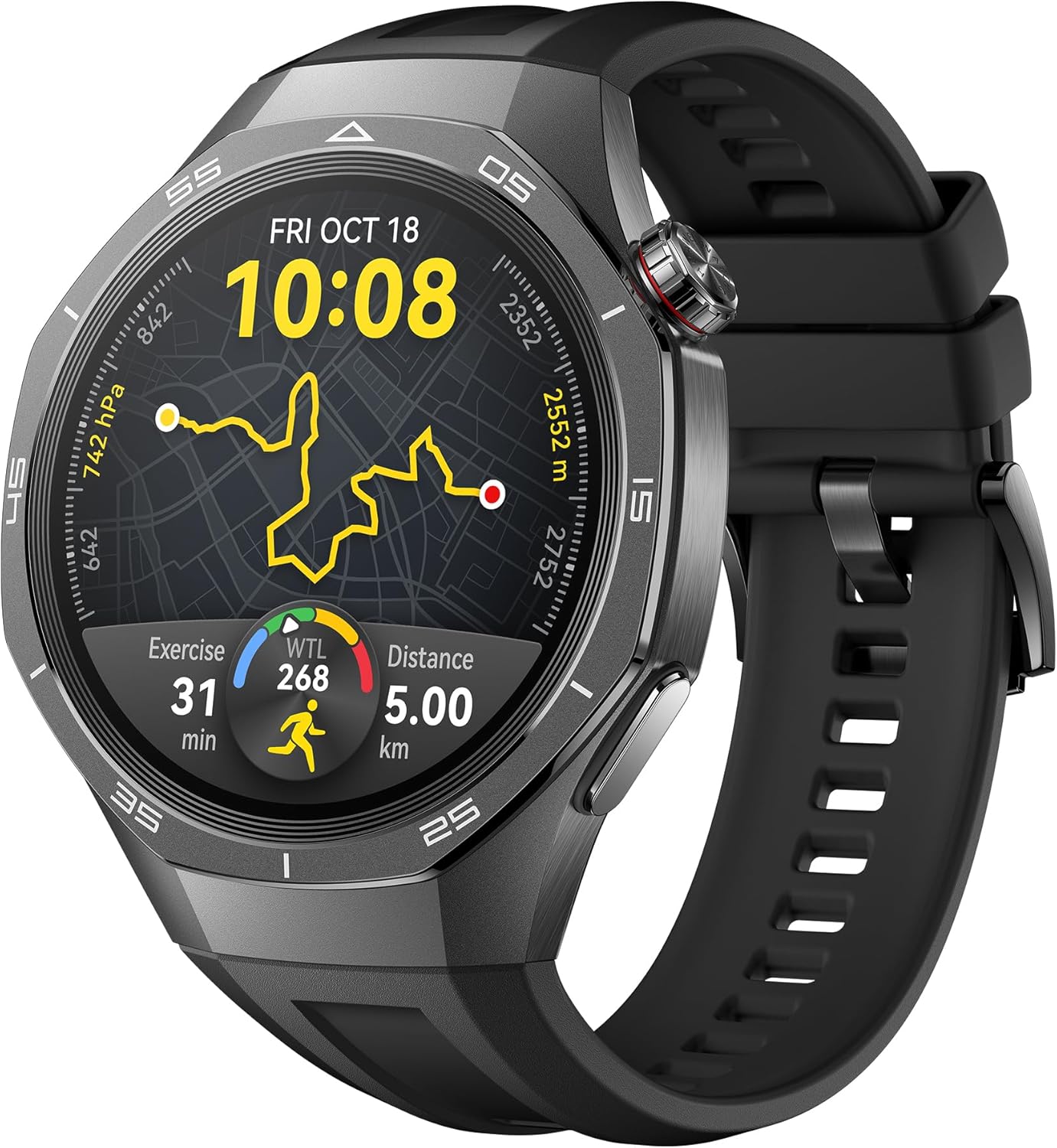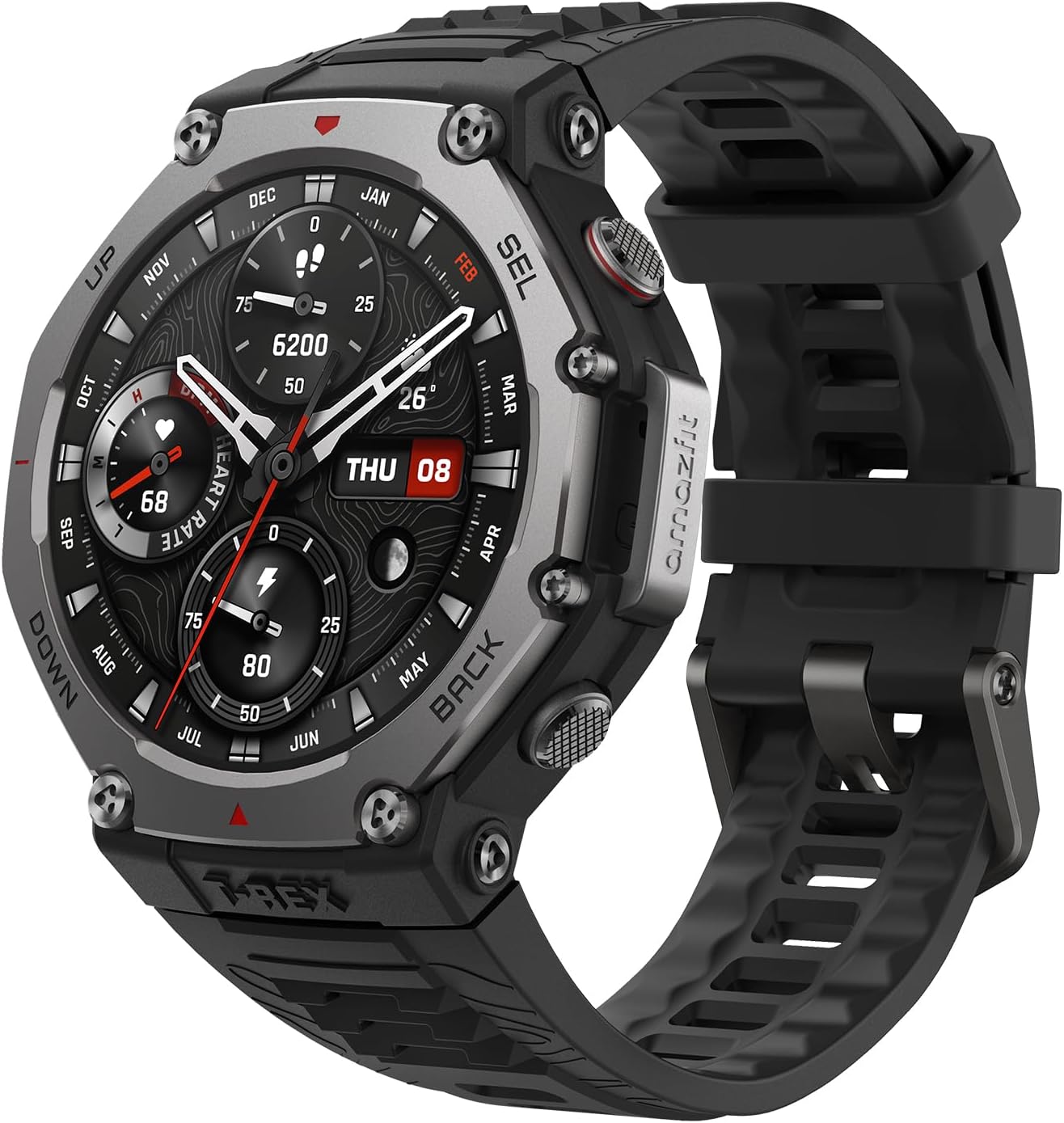When you’re deep in the middle of a hike and the weather shifts, or you’re drenched in sweat halfway through a circuit session, what you need from your smartwatch isn’t fluff—it’s precision, reliability, and a screen you can read without squinting. That’s why the Huawei Watch GT 5 Pro and the Amazfit T-Rex 3 aren’t trying to be fashion statements first. They’re built to endure, to guide, to track, and—occasionally—to save you from getting completely lost in the woods.
Two rugged smartwatches, both unafraid of mud, impact, and mountain air, but with very different approaches. One favors elegance and health sophistication; the other leans into utility and tactile practicality. We’ve worn both, tested both in all the wrong weather, and now? Let’s get into what separates these two beasts.
Buttons vs crown: what works when your hands are full
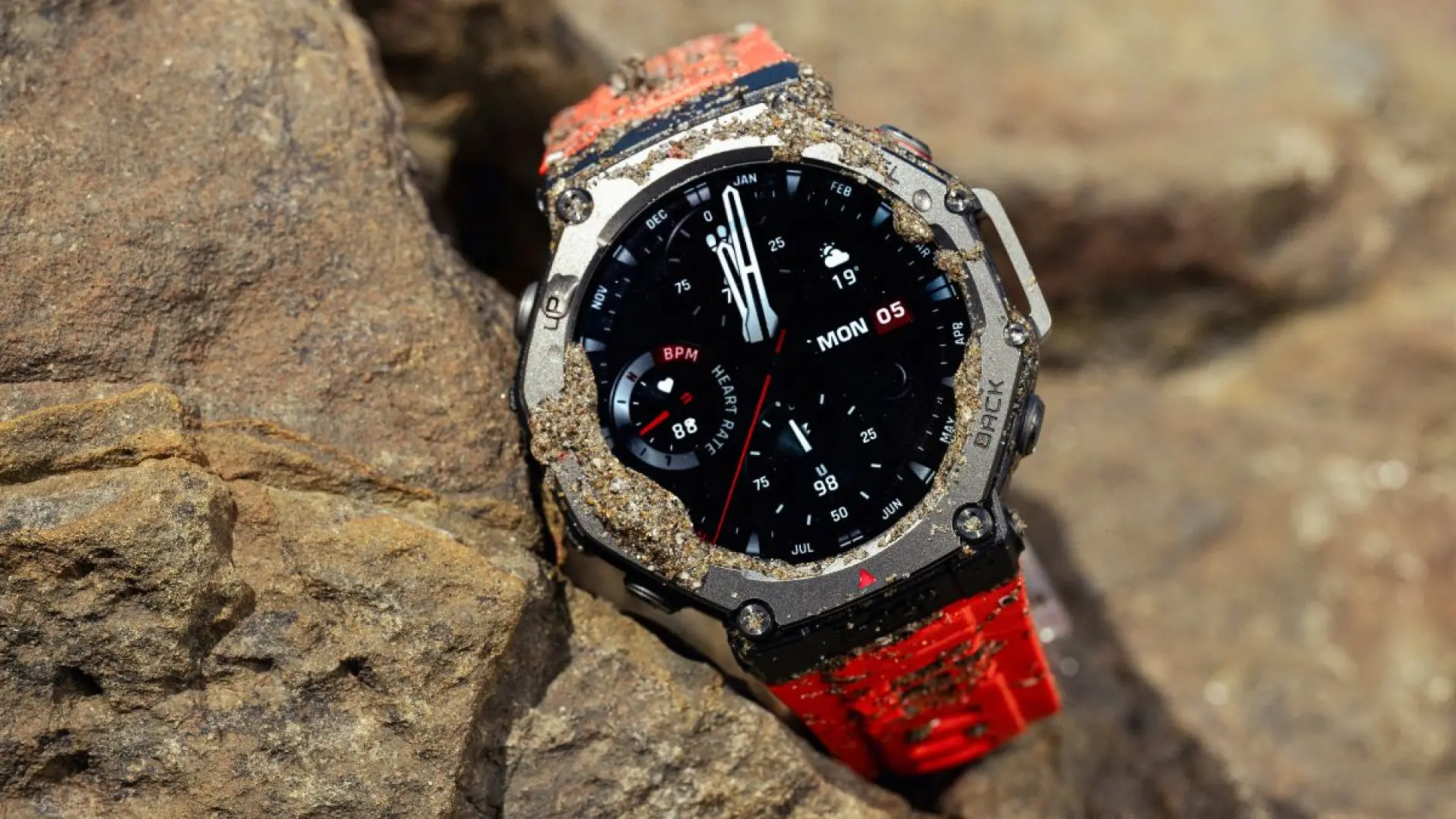
Let’s start with the basics. Because how you interact with your watch matters more than you think—especially when your fingers are freezing or soaked.
The Amazfit T-Rex 3 is unapologetically button-heavy. With four large, tactile buttons, it’s made for moments when the touchscreen just isn’t cutting it. You can start workouts, switch views, and pause runs without ever touching the screen. That’s not just smart—it’s essential in outdoor or sweaty environments. This kind of physical control is built for activity, not aesthetics.
Huawei’s GT 5 Pro takes a more streamlined approach, combining its touchscreen with a rotating digital crown. It’s smooth, precise, and honestly feels more premium, but it’s not as glove-friendly or activity-first. Sure, the crown gives you elegant scrolling, but when you’re sprinting through rain or navigating mid-ride, those missing extra buttons start to matter.
So, if your workouts involve mud, gloves, or heavy sweat, the T-Rex 3’s physical buttons give it a functional advantage.
AMOLED battles: brightness isn’t just about nits
They’re both AMOLED. Both bright. Both sharp. But the difference? You notice it the second you step into full sunlight.
The Huawei GT 5 Pro’s 1.43-inch AMOLED screen just punches harder. It’s got this deep contrast and color richness that makes everything from maps to heart rate charts feel sharper and more alive. Even at max brightness, it manages to outshine the T-Rex 3, which is no dim bulb itself. But Huawei’s display feels more refined, especially when flicking through screens or checking animations during recovery tracking.
The T-Rex 3 counters with a slightly larger 1.5-inch AMOLED, and it pushes impressive peak brightness. In most conditions, it’s great, and for those who prefer a bit more screen real estate, it’s definitely a plus. But next to Huawei’s smoother interface and polished visuals, it can come off as more utilitarian.
This one goes to Huawei—but just barely—and only if visual finesse matters to you.
Mapping it out: who helps you not get lost?
Offline maps are now a non-negotiable on serious adventure watches. Both deliver—but they don’t deliver equally.
Huawei’s GT 5 Pro uses its own Petal Maps, and here’s the surprise: they’re actually great. Real-time orientation, clean design, and excellent responsiveness make on-wrist navigation feel less like a backup and more like a primary tool. Whether you’re trail running or finding a detour mid-hike, you know where you are and which way you’re facing.
The T-Rex 3’s OpenStreetMap-based setup is solid, with topo lines and breadcrumb tracking, but lacks directional orientation. So unless you’re standing still and turning your wrist, you don’t always know which way is forward. It works, but it feels a little… static.
If fast, intuitive navigation matters—especially when you’re moving—Huawei’s mapping system feels more fluid, more helpful, more now.
Voice assistants: who listens better?
Here’s where Amazfit doesn’t just win—it stomps.
The T-Rex 3 gives you Alexa and its own Zepp Flow assistant, meaning you can set alarms, ask for weather, control smart lights, or launch a workout—no phone needed. It’s actually useful. Not every assistant on a watch is. But this one? Surprisingly responsive.
Huawei, on the other hand, limits voice assistant access to users with Huawei phones. If that’s not you, the feature might as well not exist. And even when it works, Celia feels limited, especially in language support and ecosystem compatibility.
If voice control is on your wishlist, the T-Rex 3 is your watch. No contest.
Health sensors: Huawei goes deeper, Amazfit hits the gym
Both watches cover all the usual bases: heart rate, SpO₂, sleep, stress, GPS. But Huawei throws in ECG and arterial stiffness tracking, which takes health monitoring into more clinical territory. During intense cardio, Huawei’s HR sensor also responds a bit faster to sudden spikes, which is useful for intervals and HIIT.
But Amazfit has its own niche strength: strength training. It recognizes reps, counts sets, and even identifies which muscle groups you’ve trained. Huawei doesn’t do that at all. If you’re a gym rat, the difference is noticeable.
So, Huawei wins for cardio-focused insights and wellness tracking, while Amazfit takes the crown for resistance and strength-based users.
Sports tracking: more modes or smarter modes?
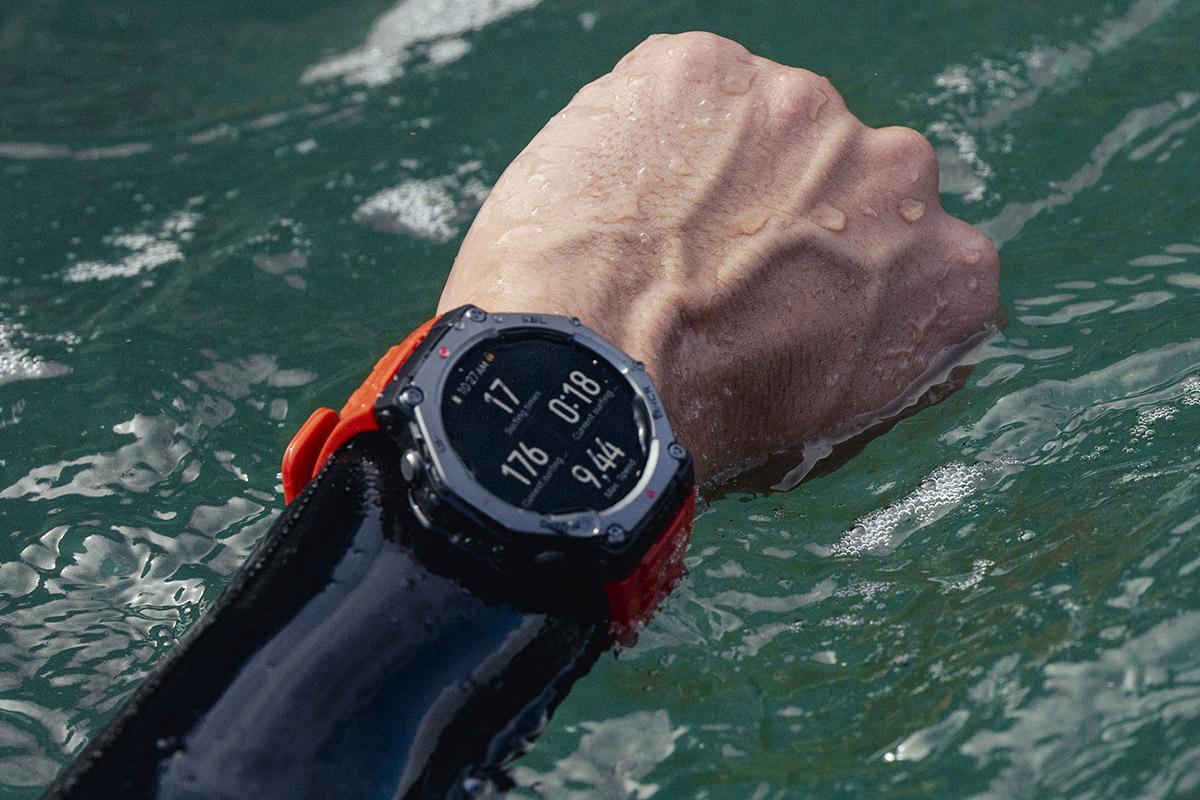
Let’s talk variety. Both watches cover everything from running to cycling, swimming to hiking. But they serve different athletic crowds.
Huawei throws in advanced golf metrics, available only on the Pro variant. It also handles triathlon, open water swimming, and ultra runs with more granular analysis. It’s built for endurance athletes.
The T-Rex 3, though, is dialed into gym performance, with training load metrics, muscle fatigue estimation, and rep tracking. And the auto-detection works shockingly well.
In short? Runners, hikers, triathletes—Huawei speaks your language. Lifters and cross-trainers? Amazfit’s your gym buddy.
Smart features: who speaks, who listens, who replies?
Notifications? They both do them. But how they do them—that’s where it splits.
The GT 5 Pro has a speaker and mic, meaning you can take Bluetooth calls, send voice replies, and even listen to music out loud. Not just alerts, but interaction. It feels like a proper smartwatch.
The T-Rex 3 shows messages beautifully, even including images and stickers from apps like WhatsApp and Telegram. But no mic, no speaker, no voice replies or calling.
So, for communication and quick interactions, Huawei offers more flexibility. For those who care about visuals and simplicity, Amazfit’s rich notifications are a treat.
App ecosystems: locked or open?
No surprises here. Amazfit is the more open system.
The T-Rex 3 connects to a growing third-party app library, including Tesla controls, fitness widgets, and custom apps. It’s still limited compared to Apple or Wear OS, but it’s evolving fast.
Huawei’s ecosystem is tighter, with fewer third-party options and no support for major fitness platforms like Strava or Komoot, unless you jump through hoops. It does have great integration with its own tools, like Petal Maps, but overall, it’s more closed.
If customization and apps matter, Amazfit gives you room to play.
Music and multimedia: sound or silence?
This one’s simple.
Huawei has a speaker. Amazfit doesn’t. That means GT 5 Pro can play music aloud, answer calls, and even act like a mini media center on your wrist.
T-Rex 3 requires Bluetooth headphones, and notifications come through as vibrations and soft tones—no direct audio output.
For runners who train without phones, Huawei gives you more options.
Touchscreen with gloves? One clear winner
Amazfit nails this. Its screen is specifically designed to respond to pressure, even through gloves. Not a maybe—it works. Perfect for winter athletes or anyone working with gear.
Huawei’s touchscreen is fantastic—but glove use? Not its strong point.
In harsh weather, T-Rex 3 wins for practicality.
Style: clean cut or camo rugged?
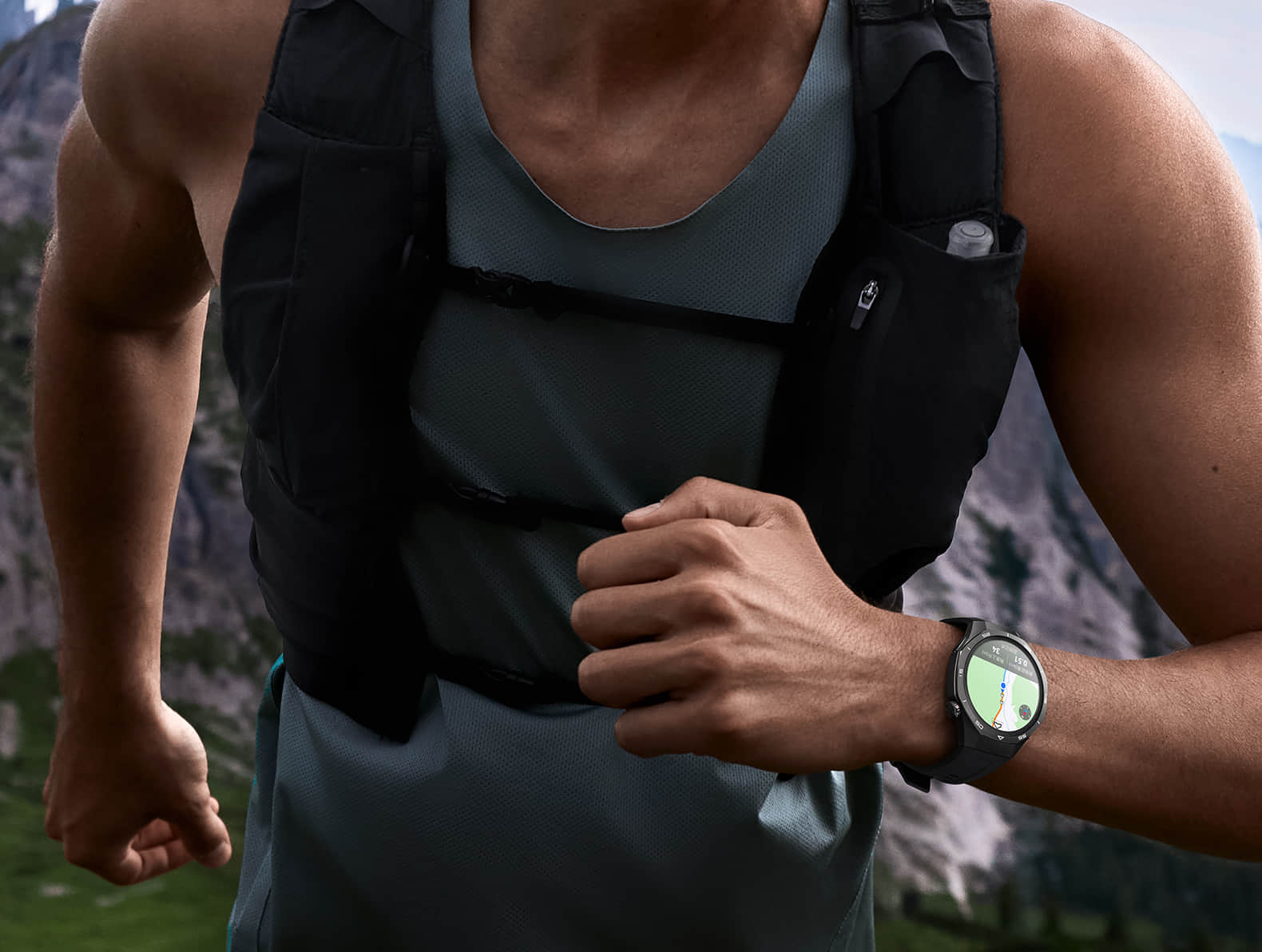
We know style is subjective—but let’s not pretend it doesn’t matter.
The T-Rex 3 looks like it’s ready for war. It’s chunky, armored, aggressive. Perfect for the trail, maybe not so much for the office.
Huawei? Surprisingly classy for a rugged watch. Titanium, ceramic accents, thinner profile—this one slips under a shirt cuff. It’s tougher than it looks, but it doesn’t scream about it.
If you want one watch for workouts and weddings? GT 5 Pro.
Payments: tap and go, both ways
Both support contactless payments now. T-Rex 3 works with Curve, while Huawei is expanding Huawei Wallet regionally.
They’re both functional, but availability may vary. No clear winner here—depends where you live.
GPS accuracy: the tightest race
Both watches are equipped with multi-band GPS, and both are very accurate in urban and mountainous areas.
Huawei edges forward with its Sunflower Positioning System, which locks faster and stays stable even in dense areas. The difference is small—but if you’re picky about GPS lag or dropouts, Huawei is slightly more consistent.
Battery life: endurance machines
This is a rare one: both watches crush battery life.
Huawei GT 5 Pro consistently delivers over a week, even with workouts and sleep tracking. Power saving modes stretch that to two.
The T-Rex 3? It’s legendary. Up to 27 days in light use, and easily 10+ days in regular training mode. GPS drains more, but not fast.
If battery anxiety is a thing for you, Amazfit holds the longer leash.
Conclusion: Huawei Watch GT 5 Pro, by a headlamp
This isn’t a blowout. The T-Rex 3 is a beast, especially for strength-focused athletes, outdoors lovers, or anyone who values physical controls, openness, and battery life above all else. It’s rugged, reliable, and gives you the tools to get through anything.
But the Huawei Watch GT 5 Pro just does more—and it does it smoother. The display is next level, the maps are intuitive, and the health tracking is deeper and more polished. Add to that calling, music, ECG, and refined design, and it feels like a complete package—not just for athletes, but for daily life too.
T-Rex 3 is the survivalist. GT 5 Pro is the specialist. Both rock-solid—but only one feels like it’s built for every part of your day.
That’s the one we’d want on our wrist.

